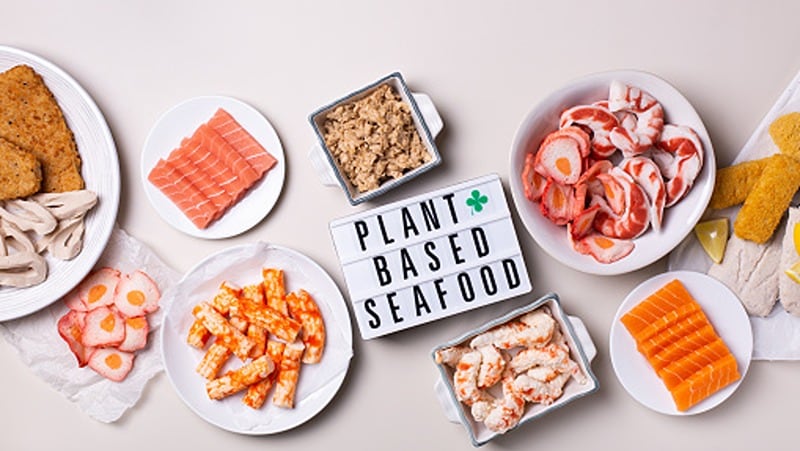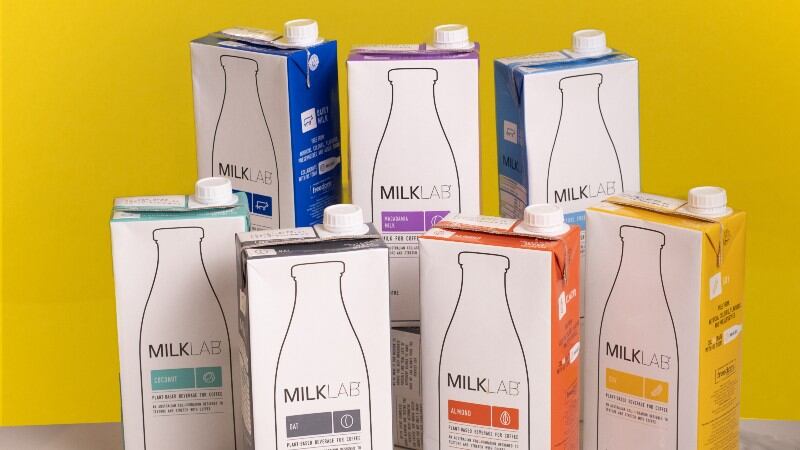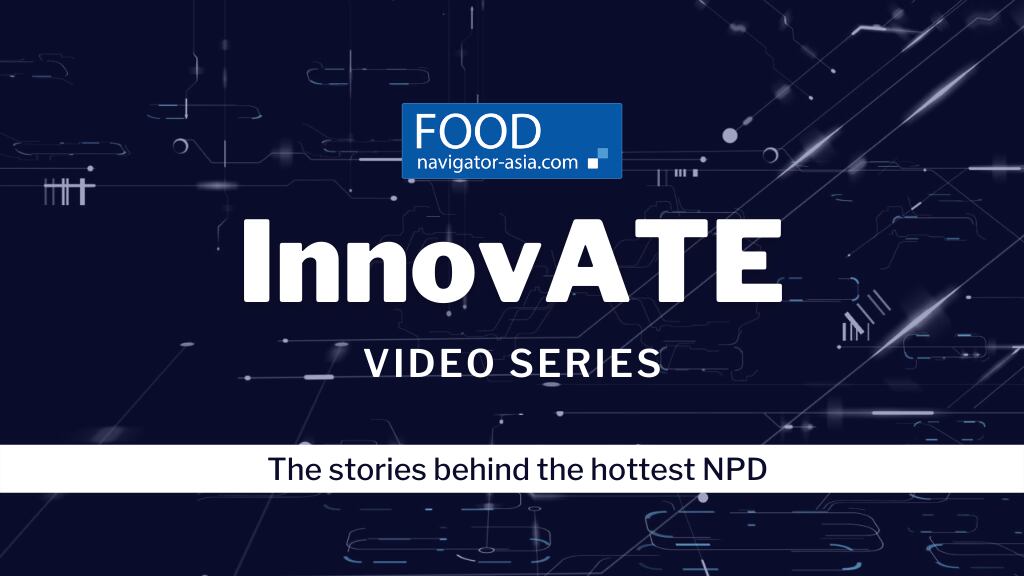Thai Union’s first plant-based brand OMG Meat initially launched with multiple meat and seafood alternatives such including chicken products and crabcakes – but one of its more recent additions, its plant-based shrimp, made some of the most significant waves in the industry.
According to Thai Union Alternative Proteins Managing Director Maarten Geraets, one of the major reasons for this success is the different manufacturing processes applied for the plant-based shrimp, with a focus on sensory enjoyment.
“The plant-based shrimp is made using a different technology from our other seafood solutions, which was developed in-house in our Global Innovation Centre (GIC),” Geraets told FoodNavigator-Asia in an exclusive interview.
“This technology focuses on the texture development, allowing for the shrimp to have that bouncy mouthfeel that makes it feel even more similar to conventional shrimp; as well as to give it that translucent seafood look.
“Thai Union is traditionally already very big in the areas of tuna and shrimp so we do have a lot of in-house know-how when it comes to these seafoods and this is what we are leveraging to spur further growth and provide consumers with more choice so as to grow the overall seafood category.”
The challenges of creating legitimate-tasting plant-based seafood are much more complex compared to other meats due to the natural construct of its texture.
“So far a lot of the focus for the alternative proteins sector has been on the areas of chicken, pork and beef – all meats that have tougher, stringier constructs,” he added.
“Seafood is more challenging than these because these are not founded on the base of strong fibres, but instead need to be soft, flaky, succulent, moist and to cook differently.
“There are over 200 different species of seafood out there with different profiles and textures to emulate and formulate, which make the challenge even more complex compared to other types of protein alternatives.
“But cracking these textures are crucial to winning over consumers because at present even though factors like sustainability and health are driving the plant-based sector, in the end it is still tapping into consumer tastes and cravings that will really boost growth.”
In order to do this, the only way is to cover all the aspects that cater to the consumption experience including flavour, texture, aroma and so on – the overall sensory experience.
“At this point it is still the sensory aspect of things that will draw people in so although yes ensuring a good price point is important, if we do not give them that sensory experience, plant-based seafood will never get there,” Geraets said.
“To look at it another way, people are looking for that new choice and proposition and sensory experience – it just so happens that the new proposition is plant-based, but it is not crucial to them that this is plant-based, so if we hit the right sensory notes, mimicking conventional seafood and price actually becomes less critical.
“That said, if the experience is just okay but the price is premium – there is no doubt that there can be no breakthrough and growth in the category.”
Piecing things together
One method that Thai Union has taken in order to overcome the challenges of plant-based shrimp development has been to go piecemeal – or by making products using shrimp pieces for now.
“With the main challenges being the bite and the translucency, we found that producing plant-based shrimp pieces was much more manageable at this stage,” Geraets said.
“That said we do know that there are some dishes that require whole shrimp and some consumers that also want that whole shrimp consumption experience, so our next development effort is focused on making whole shrimps, which we hope to launch this year in 2023.
“This will involve overcoming even more challenges such as getting the colour and shape right; and the over looks from different points of view will need to be right too, not to mention the fact that the bite needs to be even harder as it is an overall bigger item.”
Getting all of this right will require the utilisation of even more precise and complicated food technology – but Thai Union believes that this should not be the main focus when it comes to plant-based seafood development.
“The focus should not be on the technology as the growth of a food category is not the same as things like phones or computers, it is much more than that,” he added.
“Branding this overall effort as a type of food technology would be giving too much attention to the tech and not the food aspect of things, which is not what should happen when it comes to growing a food category.
“This is especially so for a category like plant-based seafood which is still very small globally at less than 0.1% of the global protein category – the emphasis needs to be on the journey and on giving that wow factor, so it will be easier to gain consumer acceptance here in the APAC region and beyond.”





